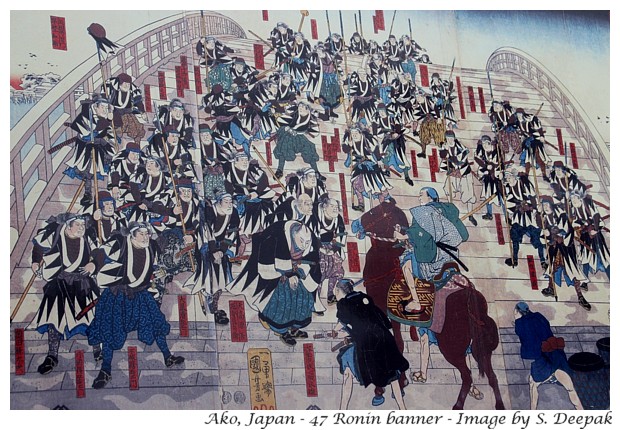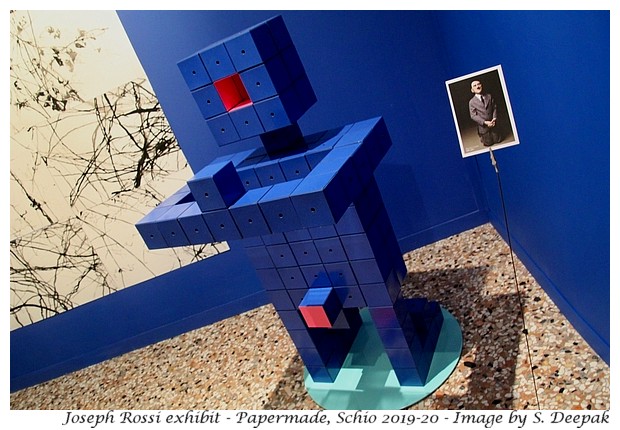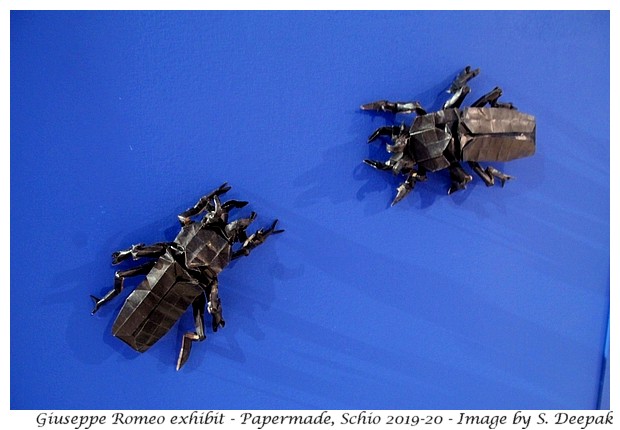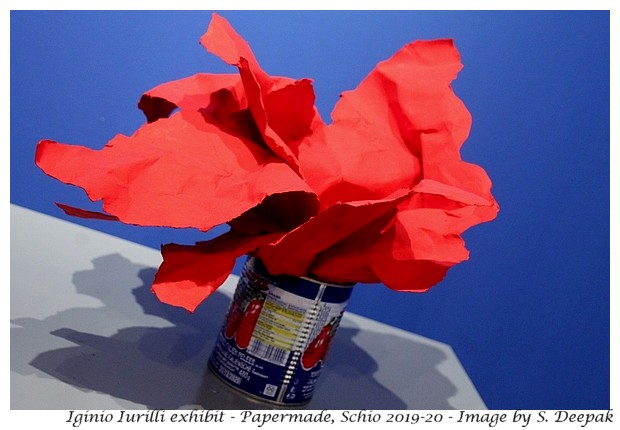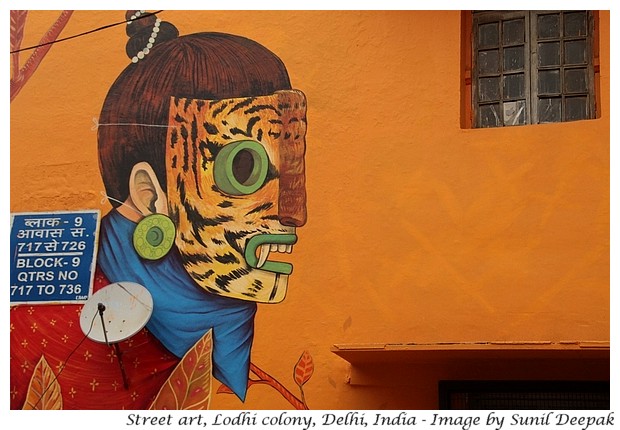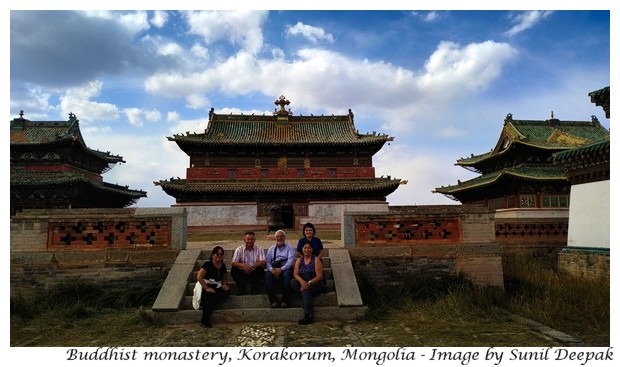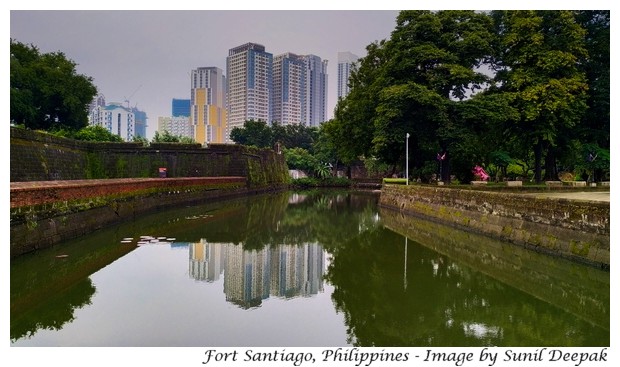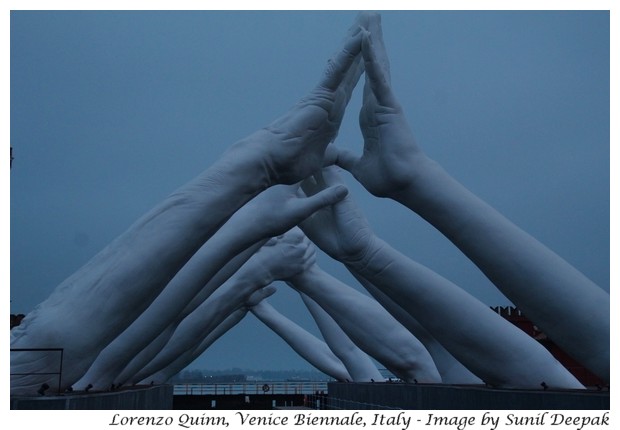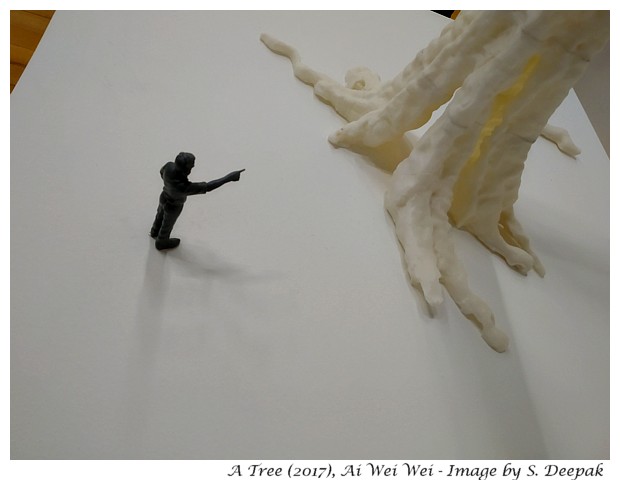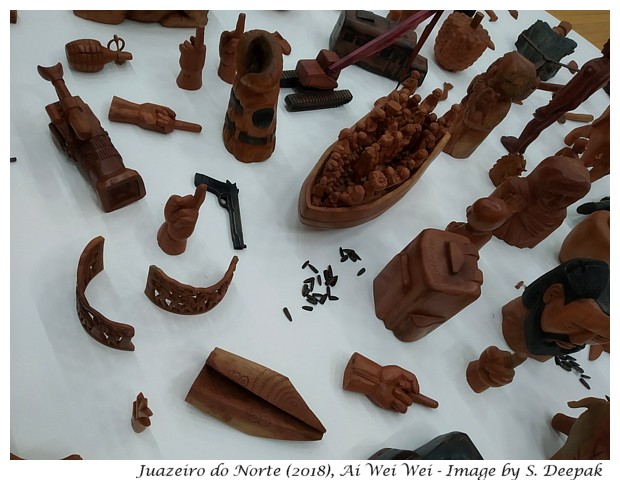About 50 years ago, when I had joined medical college in India, I used to think that almost all the things that could have have been discovered about human body and diseases had already been discovered. I imagined that technology might help us improve some things, like diagnosing some difficult to diagnose conditions, but I had no idea that in these 50 years scientific knowledge about some aspects of human body, such as genetics, was going to change so drastically. That is why I love reading books which give an understanding about human body and its influence on the changing practice of medicine.
McAuliff's book has a strange title, "This is Your Brain On Parasites", which does not sound very interesting, but its subtitle explains it better - "How tiny creatures manipulate our behaviour and shape society". This post is about this book, which I would divide into 2 parts - the first part is about different parasites which infest worms and insects and, change their behaviour; the second part is about humans. The latter is more speculative, it wonders how parasites and fear of illness might be influencing our sense of disgust and our behaviour towards "outsiders".
Parasites in Other Life Forms
In the first part of the book, McAuliff talks about researchers who have spent all their lives following the life cycle of a parasite and the surprising things they have discovered. McAuliff explains that searching for these stories was what led her to writing this book:
The stories of parasites entering the bodies of their hosts and changing their behaviour to suit their own desires, are like the stories of ghouls and spirits taking over and turning living beings into zombies - fascinating and frightening. At the same time, this part of the book explains the different obstacles these scientists had to overcome in their single-minded passion about one worm or one insect, over periods lasting decades. It is a pity that most of their names remain in obscurity.
For example, there is the story of the scientist Janice Moore who got interested in the life-cycle of a tapeworm and studied how it passes part of its beginning life in the ants and then it makes the ants go crazy, so that they climb on the the tip of grass and wriggled in such a way to attract the sheep to come and eat those grass-blades. Thus the worm reaches the brain of the sheep, needed for the next phase of its life-cycle.
From crazy fishes flipping on their belly on the surface of water so that they were eaten by some cranes to cockroaches meekly following the wasps to their nests so that wasp could deposit its eggs on its tummy and when wasp-babies come out they could have fresh cockroach meat, the stories are incredibly interesting and morbid.
They also made me think about some flamboyant persons with attention-seeking behaviours and wonder if they might have some worms in their brains? We do have some popular ways of sayings in Hindi in India, such as "Iske dimaag mein keeda laga hai" (His/her brain has got a worm), which sounds very similar to these stories.
Cruickshank, in her review of McAuliff's book in New Scientist has critiqued this part:
The impetus for this book was a discovery on the Internet. I’m a science journalist and one day while foraging for interesting topics to write about I stumbled across information about a single-celled parasite that targets the brains of rats. By tinkering with the rodent’s neural circuits—exactly how is still a matter of fervid study — the invader transforms the animal’s deep innate fear of cats into an attraction, thus luring it straight into the jaws of its chief predator. This is a felicitous outcome not only for the cat but also, I was stunned to learn, for the parasite. It turns out the feline gut is exactly where the organism needs to be to complete the next stage of its reproductive cycle ... As I continued reading, more surprising news greeted me: The microscopic organism is a common inhabitant of the human brain because cats can transmit it to us when we come in contact with their feces. Perhaps the parasite was meddling with our brains too, speculated a Stanford neuroscientist associated with the research.
The stories of parasites entering the bodies of their hosts and changing their behaviour to suit their own desires, are like the stories of ghouls and spirits taking over and turning living beings into zombies - fascinating and frightening. At the same time, this part of the book explains the different obstacles these scientists had to overcome in their single-minded passion about one worm or one insect, over periods lasting decades. It is a pity that most of their names remain in obscurity.
For example, there is the story of the scientist Janice Moore who got interested in the life-cycle of a tapeworm and studied how it passes part of its beginning life in the ants and then it makes the ants go crazy, so that they climb on the the tip of grass and wriggled in such a way to attract the sheep to come and eat those grass-blades. Thus the worm reaches the brain of the sheep, needed for the next phase of its life-cycle.
From crazy fishes flipping on their belly on the surface of water so that they were eaten by some cranes to cockroaches meekly following the wasps to their nests so that wasp could deposit its eggs on its tummy and when wasp-babies come out they could have fresh cockroach meat, the stories are incredibly interesting and morbid.
They also made me think about some flamboyant persons with attention-seeking behaviours and wonder if they might have some worms in their brains? We do have some popular ways of sayings in Hindi in India, such as "Iske dimaag mein keeda laga hai" (His/her brain has got a worm), which sounds very similar to these stories.
Parasites and Human Behaviour
In this part of the book, McAuliff focuses on human psycho-pathology. These are more of hypothesis rather than scientific studies, about how the bacteria living in our bodies might be influencing our behaviour (though these bacteria are not really parasites, rather these are symbiotic organisms, as they get nutrition from us but they also provide benefits to us such as vitamins).Cruickshank, in her review of McAuliff's book in New Scientist has critiqued this part:
Oblivious, McAuliffe skips into attention-grabbing territory armed with only the flimsiest of evidence. She claims, for example, that infection makes us more sociable and sexually voracious as the parasite seeks to infect others. This is based on a study that followed people given a flu shot (it being unethical to give people actual influenza). The subjects’ increased sociability might have been due to viral manipulation, but for my money it’s more likely they were simply feeling confident about being protected from infection.
McAuliff may not have evidence for most of the things she writes in this part of the book, but in terms of human psycho-pathology, they do raise some interesting hypothesis.
Conclusions
Studying the influence of bacteria and parasites on human behaviour is a field in expansion and new discoveries are already being made, which have many practical implications. For example, understanding how the malaria parasite influences mosquito behaviour and how it changes human physiology, can help us in diagnosing it and fighting against an infection which kills hundreds of thousands of persons each year. Some months ago, I had seen a TED video by James Logan about how dogs may be able to identify persons with malaria parasite, because the parasite makes our bodies secrete a chemical in our sweat, which attracts uninfected mosquitoes to come and bite us, and dogs can be trained to identify the persons with this chemical in their sweat.I found this book hugely interesting and read it in a span of a few days, almost like a thriller. It is true that in terms of influence of micro-organisms and parasites on human behaviour, this book is speculative. However, it might influence young researchers to study these areas and see if such infections/infestations can be implicated in the causation of conditions which are yet not properly understood, like schizophrenia and Alzheimer disease.
*****


